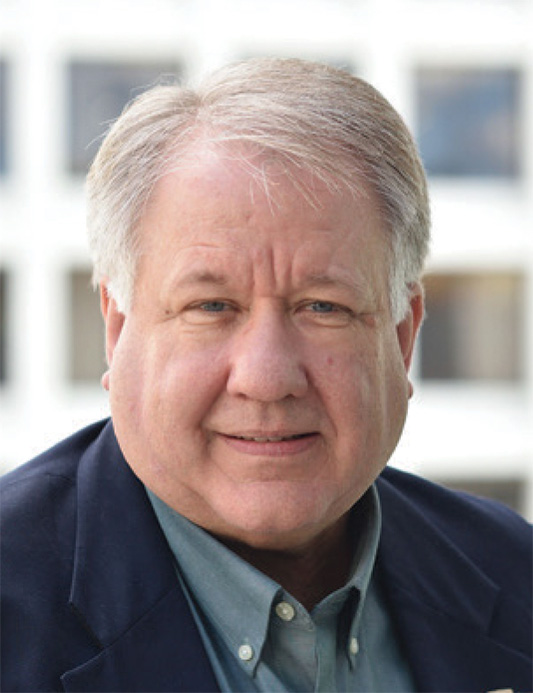It has been less than four years since the 2019 publication of the foundational provisions developed to advance performance-based wind design into practice, and the Structural Engineering Institute (SEI) of the American Society of Civil Engineers (ASCE) is leading the way on two additional steps forward.
The 2019 edition of the ASCE/SEI Prestandard for Performance-Based Wind Design (Prestandard) provided a recommended alternative to the prescriptive procedures for wind design of buildings contained in the nationally adopted standard Minimum Design Loads and Associated Criteria for Buildings and Other Structures (ASCE/SEI 7) that are referenced in the International Building Code (IBC). Properly implemented, the Prestandard results in buildings that can achieve the wind performance objectives specified by ASCE/SEI 7, and in many instances, superior performance. Furthermore, designers, peer reviewers, or the Authority Having Jurisdiction (AHJ) who possess an understanding of wind engineering may adapt and modify these provisions to achieve higher wind performance objectives other than those specifically required by the Prestandard.

With original funding from the Charles Pankow Foundation, SEI published the Prestandard in response to the increasing interest in using performance-based approaches for the design of buildings. In addition, the Prestandard aims to help resolve conflicts in performance objectives that exist when using prescriptive procedures for the wind design and performance-based procedures for the seismic design of individual buildings. Major innovations introduced in the first edition include nonlinear dynamic analysis for wind design, limited inelasticity in the Main Wind Force Resisting System elements, system-based performance criteria, and enhanced design criteria for the building envelope.
In February 2023, Version 1.1 of the Prestandard was published to address advances and improvements to the original. The 2023 edition incorporates new developments, clarifications to the original provisions, and updates based upon user experience and comments received since the Version 1.0 document was released. High quality feedback came from users of the Prestandard, who have designed many buildings using its specified procedures. An updated appendix on the procedures used to determine the overall reliability of the building structure has been included in the Version 1.1 document to help the practitioner and the AHJ verify the reliability of the design being proposed. As was done for the first edition, Version 1.1 is available as a free download from ascelibrary.org.

Coupled with the publication of V1.1, in a parallel effort, SEI has hosted the National Institute of Standards and Technology (NIST) Workshop on Advancement in Performance-Based Wind Design, held in Reston, VA, February 23-24, 2023. The impetus for the project was the extensive casualties and property losses that have occurred over the last several decades as a result of damaging hurricanes, tornadoes and other wind events affecting the United States. NIST has continued to research and provide leadership in the advancement of knowledge of these hazards and to the development of standards that will lead to more resilient communities across the nation and around the world.
The purpose of the workshop was to assess the current state-of-the-art in performance-based wind design (PBWD) and to support the future development of a Measurement Science Roadmap for advancing the knowledge in this area and its application in practice. The workshop scope included the following three broad subject areas, with associated sub-topics:
- Subject Area: Performance-based wind design (PBWD)
- Sub-Topic 1: Review of current state-of-the-art on PBWD
- Sub-Topic 2: Identification of research needs and prioritization for standardization and application in practice.
The workshop convened 53 subject matter experts from around the country and across the globe to identify the highest priority research needs that are required to advance PBWD from the current state-of-the-art to the ideal future use.
The framework adopted for the workshop to advance PBWD into practice consisted of deep consideration of five key areas essential to the overall design process and verification. These areas include the work in determining the wind hazard characteristics, the overall structural system and building envelope reliabilities, understanding the wind-structure interaction, structural analysis techniques, and the design methodologies for the overall building.
The workshop participants identified a broad range of research and development activities to advance the use of PBWD with the goal of reducing the impacts of these severe wind events, including discussions and specific recommendations on the following 10 topics:
- Development of main-force wind resisting system (MFWRS) reliability,
- Development of components and cladding (C&C) reliability,
- Integrate performance between structural system and cladding,
- Thunderstorm/Tornado characterization,
- Characterize hazard and loads for both short and large return periods,
- Structural and material properties,
- Improve physics-informed, computationally efficient methods for nonlinear analysis of wind response over long-period durations,
- Static pushover for wind engineering to quickly evaluate nonlinear structural performance,
- Confirmation of loading protocol, and
- Economic study to identify existing buildings at risk.
The final report describes the outcome of the workshop in detail and will be used by NIST to develop a Roadmap for the standardization and application of PBWD that is to be developed by wind engineering practitioners and researchers for buildings. The final report will be available as a free download from NIST and from the SEI Website.
PBWD has seen many recent developments in both established provisions and use by the practice. SEI is leading the way – along with partners such as NIST and the Charles Pankow Foundation – to take the next steps forward and continue advancing wind design into performance-based approaches.
